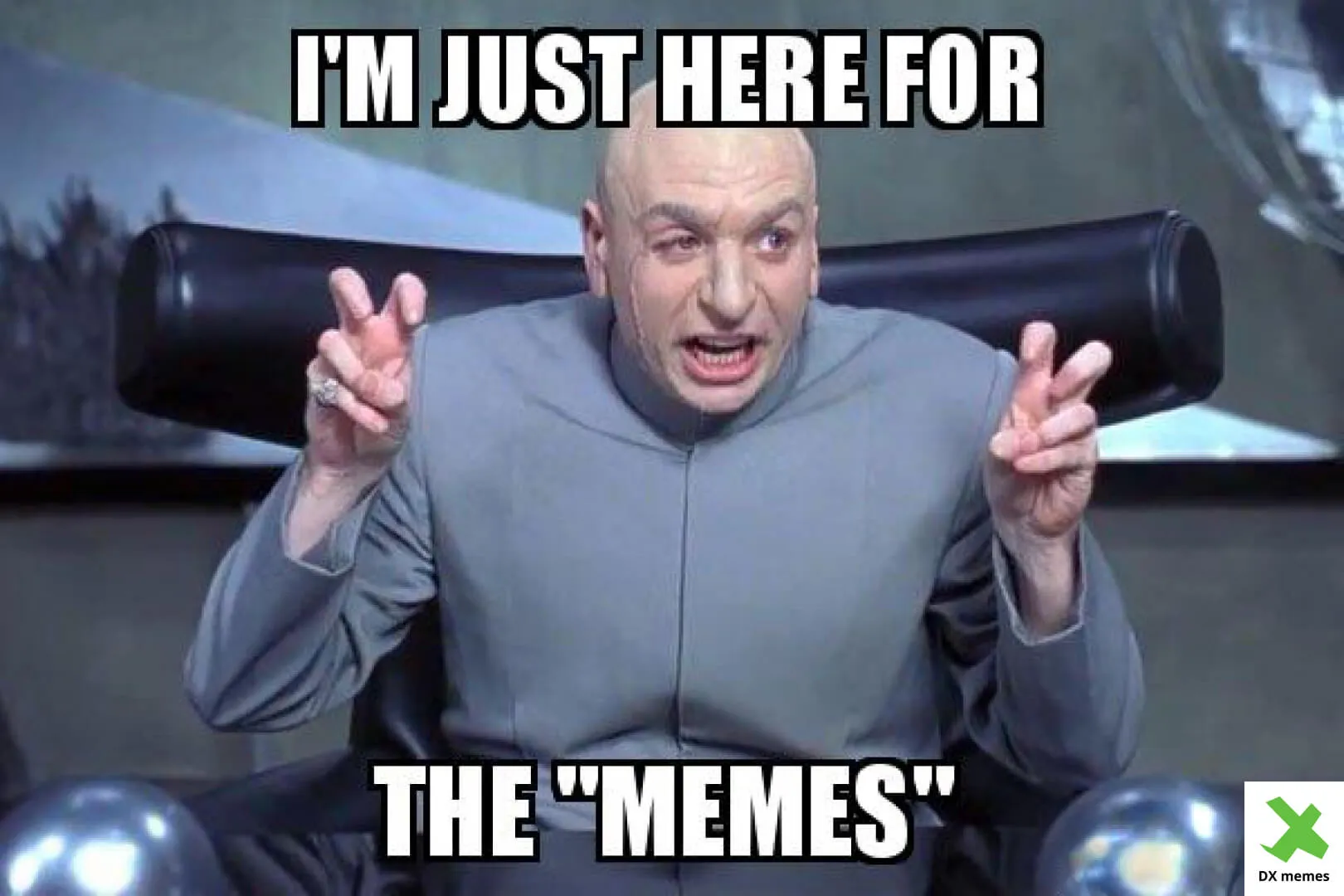In the digital age, memes have evolved from simple internet jokes to powerful marketing tools. They can boost engagement, create relatable content, and foster a sense of community among consumers. If leveraged correctly, memes can elevate your marketing campaigns and make your brand stand out. Here’s how to effectively incorporate memes into your marketing strategy.

Table of Contents
ToggleUnderstanding Memes in Marketing
Memes are culturally relevant pieces of content that often convey humor or relatable scenarios. They are typically shared widely across social media platforms, making them a great way to reach a broad audience. By tapping into trending memes, brands can connect with consumers in a more casual, approachable way, breaking down traditional marketing barriers.
Benefits of Using Memes in Marketing
- Increased Engagement: Memes resonate with audiences, often leading to higher shares, likes, and comments. This organic engagement can amplify your reach and visibility.
- Relatability: Memes often highlight shared experiences, making brands more relatable and human. This relatability can foster a sense of community and loyalty among customers.
- Cost-Effective: Creating memes is generally low-cost compared to traditional advertising methods. With a little creativity, brands can produce engaging content without a hefty budget.
- Trend Participation: By using current memes, brands can show that they are in tune with popular culture. This can enhance brand relevance and appeal to younger audiences.
How to Use Memes Effectively in Marketing Campaigns
1. Know Your Audience
Understanding your target audience is crucial for successful meme marketing. Research their interests, humor style, and online behavior. The memes you create should resonate with them, reflecting their preferences and language.
2. Stay Authentic
Authenticity is key when using memes. Your brand voice should come through naturally in the content. Avoid forcing humor or trying to fit into trends that don’t align with your brand identity, as this can come off as disingenuous.
3. Monitor Trends
Memes evolve rapidly, and what’s funny today might not be relevant tomorrow. Stay updated on trending memes and cultural references. Use tools like Google Trends, social media platforms, and meme-specific sites to identify current popular memes.
4. Create Your Own Memes
While it’s great to use existing memes, creating original memes that reflect your brand message can set you apart. Use popular formats and adapt them to fit your brand narrative. Consider collaborating with graphic designers or social media influencers who specialize in meme creation to produce high-quality content.
5. Engage with User-Generated Content
Encourage your audience to create and share their own memes related to your brand. This not only boosts engagement but also fosters a sense of community. Create a dedicated hashtag to track submissions and share the best user-generated memes on your channels.
6. Utilize Meme Formats
Familiarize yourself with popular meme formats and adapt them for your campaigns. Some widely used formats include:
- Image Macros: A simple image with text overlay, usually conveying a humorous message.
- GIFs: Short animated clips that can express emotions or reactions relevant to your brand.
- Video Memes: Short, humorous video clips that can be shared across social media.
7. Balance Humor with Branding
While memes are often humorous, it’s essential to strike a balance between entertainment and branding. Ensure your memes align with your brand message and values. A successful meme should promote your brand subtly without overshadowing the humor.
8. Test and Measure Performance
After launching your meme marketing campaign, track its performance through engagement metrics such as likes, shares, comments, and website traffic. Analyze which memes resonated best with your audience and use this data to refine your strategy for future campaigns.
Examples of Successful Meme Marketing
- Wendy’s: The fast-food chain is well-known for its witty social media presence, often using memes to engage with customers and poke fun at competitors. Their humorous approach has significantly boosted brand awareness and engagement.
- Netflix: Netflix frequently uses memes to promote its shows and movies, leveraging popular meme formats to create relatable content that resonates with its audience.
- Nike: Nike cleverly integrates memes into its marketing strategy by creating content that taps into current trends, showcasing its products in a fun and relatable way.
Conclusion
Incorporating memes into your marketing campaigns can be a fun and effective way to engage your audience. By understanding your target market, staying authentic, and keeping an eye on trends, you can create relatable and shareable content that boosts your brand visibility. Remember, the key to successful meme marketing is balancing humor with your brand identity and message. With creativity and a keen sense of timing, memes can become a powerful asset in your marketing toolkit. So, get ready to tap into the world of memes and watch your engagement soar!


No responses yet